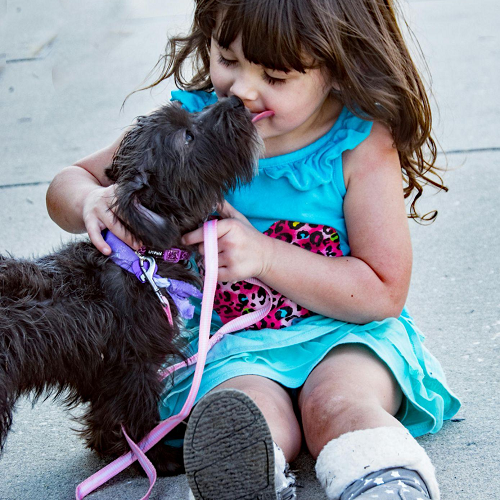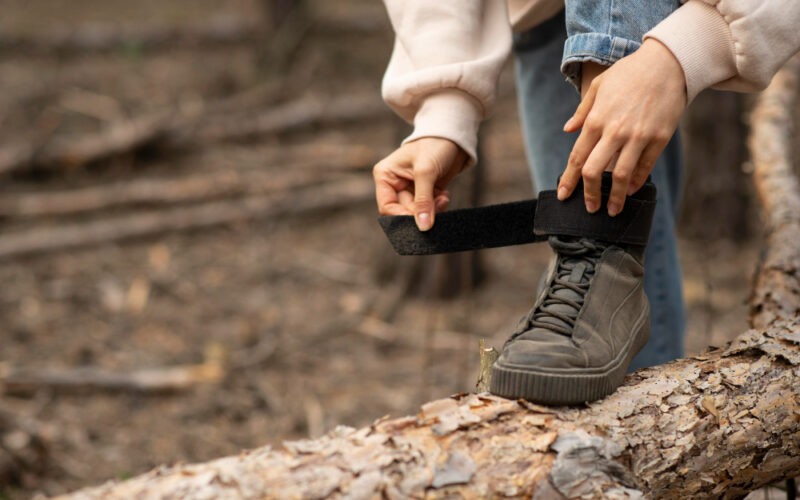
Embarking on the journey of pet ownership is often seen as a step towards adding joy and companionship to one’s life. However, when this journey intersects with the realm of child development, the presence of a pet becomes more than just a source of joy—it transforms into a catalyst for nurturing invaluable life skills.
This article delves into the profound impact pets have on child development, supported by data and research that shed light on the multifaceted benefits of growing up alongside furry, feathered, or even scaled companions.
The Emotional Compass: Empathy and Compassion
One of the most significant impacts pets have on children is the development of empathy and compassion. According to a study published in the Journal of Applied Developmental Psychology, children with pets show higher levels of empathy compared to their pet-less counterparts.
Pets provide a unique opportunity for children to recognize and respond to the needs of another being, fostering an empathetic understanding that transcends the pet-human relationship and extends into their interactions with people.
A Pillar of Support: Emotional Well-being and Security
Pets serve as constant companions, offering unconditional love and support that can be especially comforting for children. Research indicates that children who grow up with pets tend to have higher self-esteem and can better manage emotions.
A survey conducted by the Human-Animal Bond Research Institute (HABRI) found that 74% of pet owners reported mental health improvements from pet ownership, with children often highlighted as primary beneficiaries. This emotional support is crucial in helping children navigate the challenges of growing up, providing a sense of security and a reliable confidante in their pets.
The Classroom at Home: Cognitive and Educational Benefits
The interaction between children and pets also extends to cognitive development and educational benefits. Engaging with pets can stimulate language skills as children often “talk” to their pets, narrating their actions and expressing their thoughts.
Moreover, a study by the Cummings School of Veterinary Medicine at Tufts University revealed that children who take on the responsibility of caring for pets tend to have stronger executive functioning skills, including better planning, organization, and task completion. These skills are essential for academic success and lifelong learning.
Social Butterflies: Enhancing Social Skills
Pets can play a pivotal role in the development of social skills. The responsibility of caring for a pet, along with the social interactions that pets necessitate—such as visits to the vet or encounters with other pet owners—exposes children to various social situations. This exposure helps children develop better communication skills and increases their comfort in social settings. Additionally, pets can act as social lubricants, making it easier for children to relate to their peers and form friendships, often serving as a common interest that sparks conversations and shared activities.
The Shield Against Allergies: Health and Immunity
Beyond the realms of emotional and social development, pets can also influence children’s physical health. Research published in the journal Pediatrics suggests that exposure to pets during infancy is associated with a reduced risk of allergies and asthma.
The theory posits that exposure to pet dander and the microorganisms that pets carry into the home from the outdoors can strengthen the immune system, preparing it to better combat allergens and pathogens.
Conclusion
The impact of pets on child development is both profound and multifaceted, extending far beyond the simple companionship they offer. Through their unique capacity to teach empathy, provide emotional support, enhance cognitive skills, boost social interactions, and even contribute to physical health, pets play a crucial role in shaping the developmental journey of children. These benefits, backed by data and research, underscore the valuable role pets can play in fostering well-rounded, healthy, and happy individuals.
As we consider the integration of pets into the lives of children whether we live in New South Wales, Victoria, or Queensland, it is essential to approach pet ownership with mindfulness and responsibility. Not every pet is suitable for every family or child, and the welfare of the pet itself must always be a priority. However, when the right match is made, the relationship between a child and their pet can become one of the most enriching and transformative experiences of their upbringing.
In a world where digital distractions are ever-present, and the pressures of growing up can be overwhelming, the presence of a pet can provide a grounding force—a reminder of the simple joys and the unconditional love that can be found in the companionship of a pet. As we continue to uncover the layers of how pets influence child development, let us not forget the reciprocal nature of these relationships.
Just as pets enrich the lives of children, so too do children have the potential to enrich the lives of their pets, creating a bond that is mutually beneficial and life-affirming.





